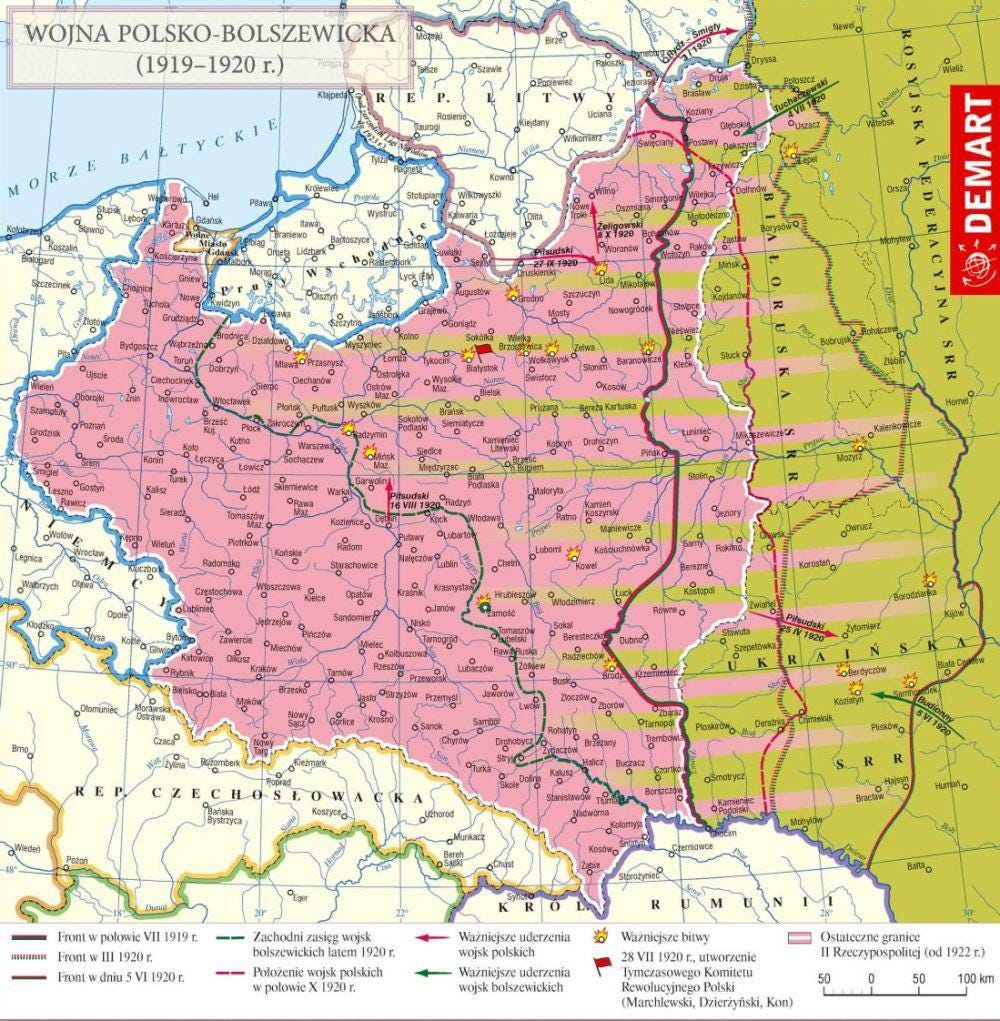From Warsaw in 1920 to Kyiv today: Breaking Codes, Breaking Lines, and Breaking Expectations
If you're looking for a historical parallel to Ukraine's resistance against Russia, don't look to the Germans, who ultimately failed against nearly everyone. Instead, look to the Poles, who achieved a remarkable victory against Soviet Russia in 1920.
Emerging from the chaos of post-World War I Europe, where borders were redrawn and new nations struggled for survival, Poland faced an existential threat as Soviet Russia, under Lenin’s leadership, sought to spread the Bolshevik revolution westward. Poland, newly independent, was not just fighting for territorial control but for its very existence as the Red Army advanced deep into its territory.
Against all odds, the Polish military under Marshal Józef Piłsudski mounted a counteroffensive that not only stopped the Soviet advance but secured a decisive and unexpected victory. Understanding how Poland achieved this success offers valuable insights into why Ukraine, too, might triumph against Russian aggression.
Superior Intelligence and Cryptography
One of the most crucial factors behind Poland's success was its superior intelligence operations, particularly in the realm of cryptography. The Polish military had made significant strides in intercepting and decrypting Soviet communications. By breaking Soviet codes, the Polish command gained an invaluable understanding of the Red Army's strategies, troop movements, and logistical plans. This intelligence edge allowed Piłsudski to anticipate Soviet operations with remarkable accuracy, enabling the Polish forces to prepare and respond effectively. The ability to foresee Soviet plans and counter them before they could be executed gave Poland a decisive advantage that the Soviet command did not fully appreciate until it was too late.
Keep reading with a 7-day free trial
Subscribe to The Warsaw Express to keep reading this post and get 7 days of free access to the full post archives.






